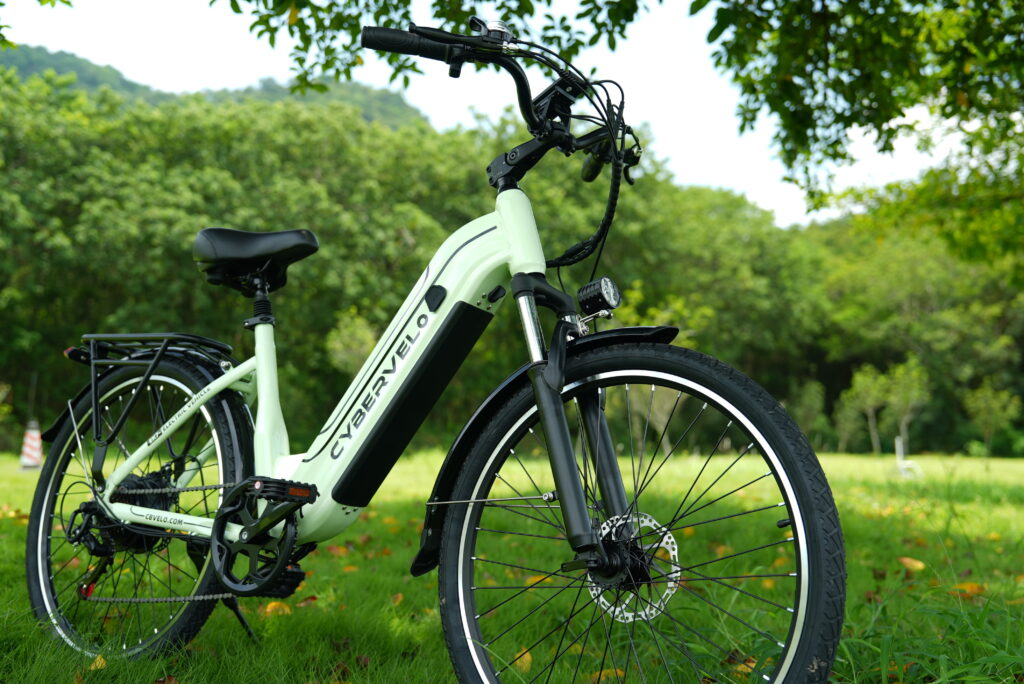The humble bicycle has been transformed. Today’s electric bicycle is rapidly evolving. It is becoming a sophisticated and connected part of urban mobility. This is not just about adding a motor. It is a fundamental reimagining of personal transport. Advancements in material science, digital connectivity, and energy storage are driving this change. The next wave of e-bike innovations promises smarter, safer, and more sustainable rides. The future will redefine how we ride and interact with our cities.
The Core of the Revolution: Advanced Batteries & Powertrains
The power source is at the heart of the e-bike’s evolution. Solid-state batteries represent the future. They replace flammable liquid electrolytes with a solid material. This shift brings major advantages. These batteries offer a higher energy density. They are also lighter and much safer. Imagine a battery that charges fully in under 15 minutes. Its lifespan could outlast the bike itself. This reduces long-term costs and environmental waste.
Powertrains are also getting smarter. We are moving beyond simple pedal-assist. Advanced torque-sensing systems now deliver a natural riding feel. Future predictive assist systems will use GPS and map data. They can adjust motor power for upcoming hills automatically. This ensures optimal efficiency and a seamless ride.
The Rise of the Intelligent E-Bike: Connectivity and IoT
Connectivity will be a transformative feature. It turns the e-bike into a true Internet of Things (IoT) device. Your bike will communicate with your smartphone, the cloud, and city infrastructure. Consider biometric integration. Your e-bike could sync with your smartwatch. It would then adjust motor assistance based on your real-time heart rate.
This intelligence also improves maintenance and safety. Built-in sensors monitor critical components continuously. They provide real-time diagnostics for brake pad wear and tire pressure. The bike can alert you to issues and even schedule service. With 4G/5G connectivity, features like real-time theft tracking become standard. This offers unparalleled peace of mind.
Material Science: Building Lighter, Stronger, and Smarter Frames
The search for the perfect balance between weight and strength continues. Advanced carbon fiber and lightweight alloys are becoming more common. The next frontier involves smart materials. Researchers are developing integrated energy storage. This means the frame itself could act as a battery. Self-healing polymers for minor scratches are also being explored. Additionally, 3D printing allows for hyper-customized frames. This paves the way for bikes tailored to an individual’s body.
Charging Forward: The Renewable Energy Integration
The ultimate sustainability goal is an e-bike that charges itself. Integrated solar panels are a key step. They are becoming more efficient and flexible. You can find them woven into fenders, racks, and frames. This provides a valuable trickle-charge that can extend range.
Looking ahead, kinetic energy recovery systems (KERS) are being explored. They capture energy during braking and convert it back into battery power. Future vehicle-to-grid (V2G) technology could allow your e-bike to power small appliances. It could even feed electricity back into the grid during peak demand.
Conclusion: A Smarter, Greener Commute Awaits
These innovations paint a vibrant picture of the future. The e-bike is becoming a connected, intelligent partner. These advancements enhance accessibility, reliability, and sustainability. They make e-bikes more intuitive, cheaper to maintain, and greener to power. We are accelerating the transition towards a cleaner urban future. The road ahead is intelligent, efficient, and electric.https://regic.net



